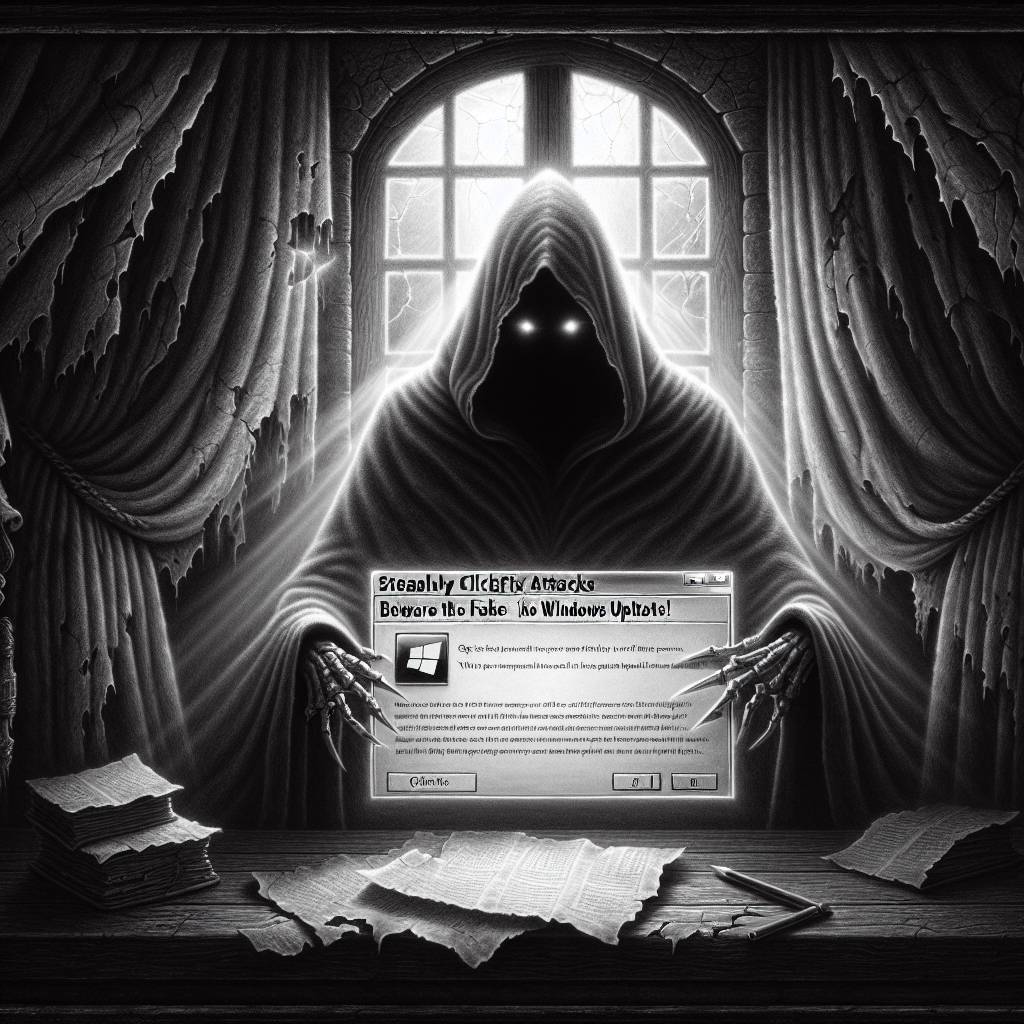Stealthy ClickFix Attacks: Beware the Fake Windows Update!
ClickFix attacks have evolved, now using a full-screen browser page mimicking Windows Updates to trick users into executing malicious code. cybercriminals hide malware inside images using steganography, making it harder to detect. The attack lures users to run commands via a fake update or human verification page, deploying info-stealers upon execution.

Hot Take:
Cybercriminals have taken their social engineering skills to an Oscar-worthy level with the new ClickFix attack variants. These bad actors are like the Michael Bay of malware, using explosive animations and special effects to make users believe they’re installing a critical Windows update. Who knew updating your computer could be more thrilling than a Hollywood blockbuster? But remember, this isn’t a film you want to be a part of—unplug your popcorn machine, and let’s dive into this plot twist!
Key Points:
- ClickFix attacks are evolving with realistic Windows Update animations to trick users.
- Threat actors use steganography to hide malicious code in images.
- New attack variants drop LummaC2 and Rhadamanthys information stealers.
- Researchers recommend disabling Windows Run box and monitoring suspicious processes.
- The fake Windows Update domains remain active despite a law enforcement operation.
